The bas-reliefs feature figures sculpted in semi-relief, framed by finely chiseled ornamental borders. The faces, imbued with profound expressiveness, capture the raw emotion of the Passion: the Ecce Homo depicts the suffering Christ, crowned with thorns, while the Mater Dolorosa depicts the Virgin Mary in a posture of pain and contemplation, her hands clasped on her chest. The flowing and realistic draping of the garments demonstrates the artist's technical mastery, typical of the late Gothic style. The oval frames are surrounded by floral motifs and gilded scrolls, adding a touch of refinement to the ensemble.
These works illustrate two key moments in the Passion of Christ, a central theme in Christian sacred art. The Ecce Homo ("Behold the Man") refers to the presentation of Christ by Pontius Pilate before his crucifixion, a subject that symbolizes the Savior's suffering and humiliation. The Mater Dolorosa ("Mother of Sorrows") embodies the Virgin's grief over the Passion of her Son, a motif frequently depicted in religious art to inspire compassion and devotion among the faithful. These themes were particularly popular in 15th-century Flanders, where Gothic art flourished amid intense religious fervor.
The two panels, designed to be displayed together, form an emotional and spiritual diptych. The slightly protruding figures seem to emerge from the gold background, creating a striking contrast that draws the eye. The symmetrical arrangement of the oval frames and floral ornamentation reinforces the harmony between the two works, while the facial expressions establish a silent dialogue between Christ's suffering and his mother's grief. These bas-reliefs were likely intended for a private altar or chapel, where they invited meditation and prayer.
The polychromy, created in tempera on a ground chalk preparation, is still well preserved despite the centuries. The gilded backgrounds, typical of Gothic sacred art, illuminate the panels and give the figures a celestial aura. The garments of Christ and the Virgin Mary display deep shades of purple and blue, symbols of royalty and purity, while touches of white and ochre enhance the skin tones and details of the draperies. Some traces of wear and natural patina add a touching authenticity to the ensemble, without altering the legibility of the details.
These bas-reliefs are part of the rich tradition of Flemish Gothic art, a movement that spread across Northern Europe during the Late Middle Ages. The Antwerp school, in particular, was renowned for its religious sculptures intended for private devotion or for churches. Similar works can be found in prestigious collections, such as those of the Museum of Fine Arts in Ghent and the Rijksmuseum in Amsterdam, testifying to the importance of this art in European cultural heritage. Their expressive style and universal iconography make them timeless pieces, capable of reaching a contemporary audience while retaining their historical roots.
The quality of these bas-reliefs lies in their fine execution and emotional power. The sculpture, although understated, is remarkably precise, particularly in the treatment of the faces and drapery. The rectangular shape of the panels, combined with the lightness of the ornamentation, gives them a discreet elegance. With their dimensions of 51 cm x 32 cm, they are large enough to capture attention, yet remain manageable for display or transport.
Very careful shipping
#GothicArt #SacredArt #EcceHomo #MaterDolorosa #FlemishSculpture #15thCentury #Polychromy #GoldBackground #AntwerpSchool #Mechelen #ReligiousArt #ArtCollection #EuropeanHeritage #Antiques



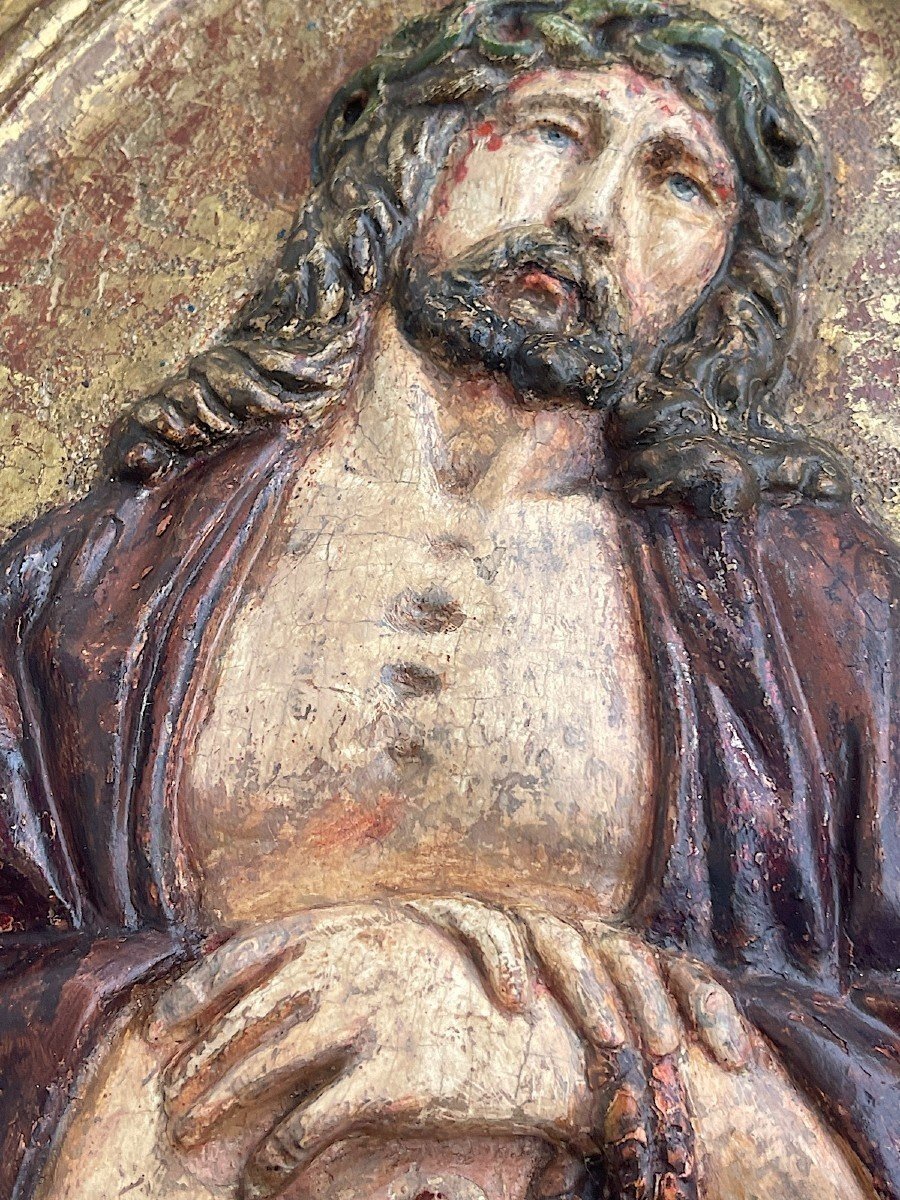
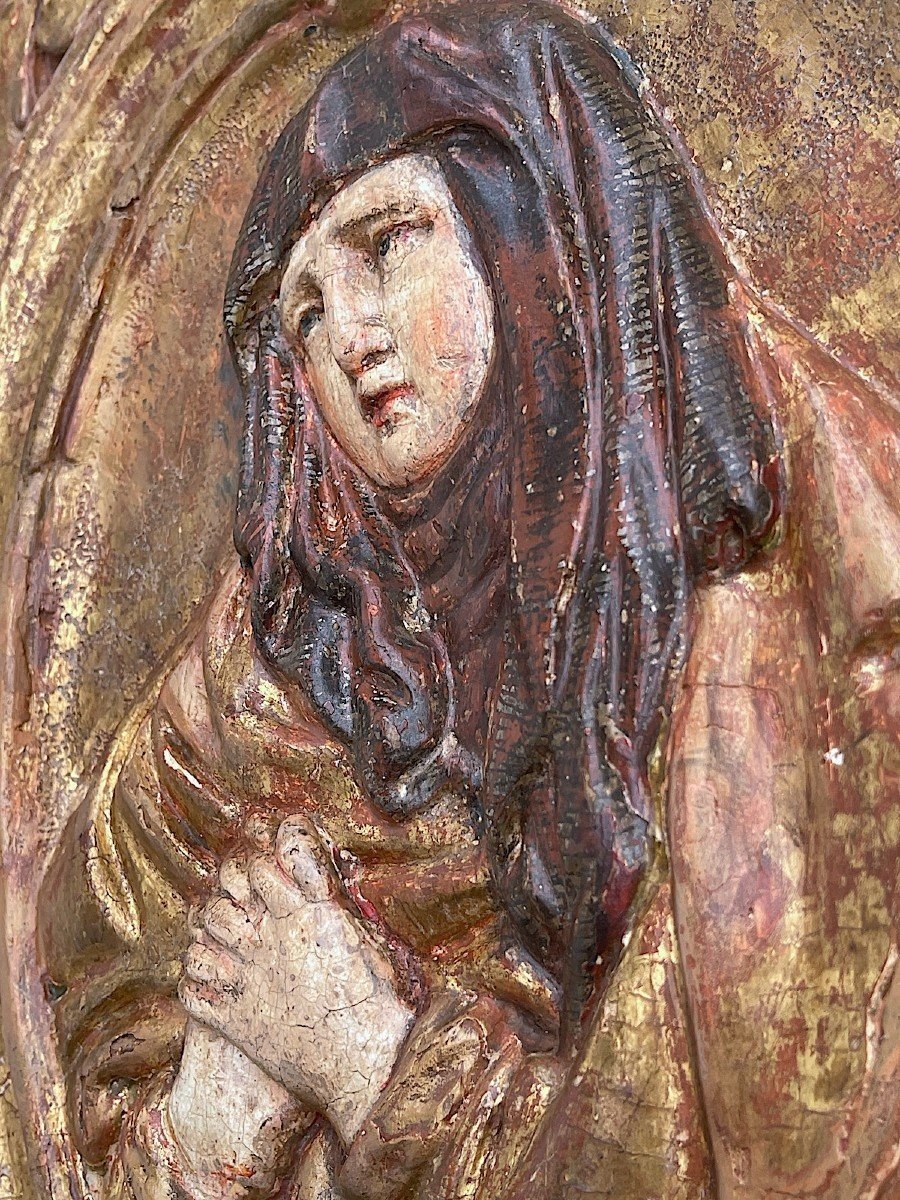

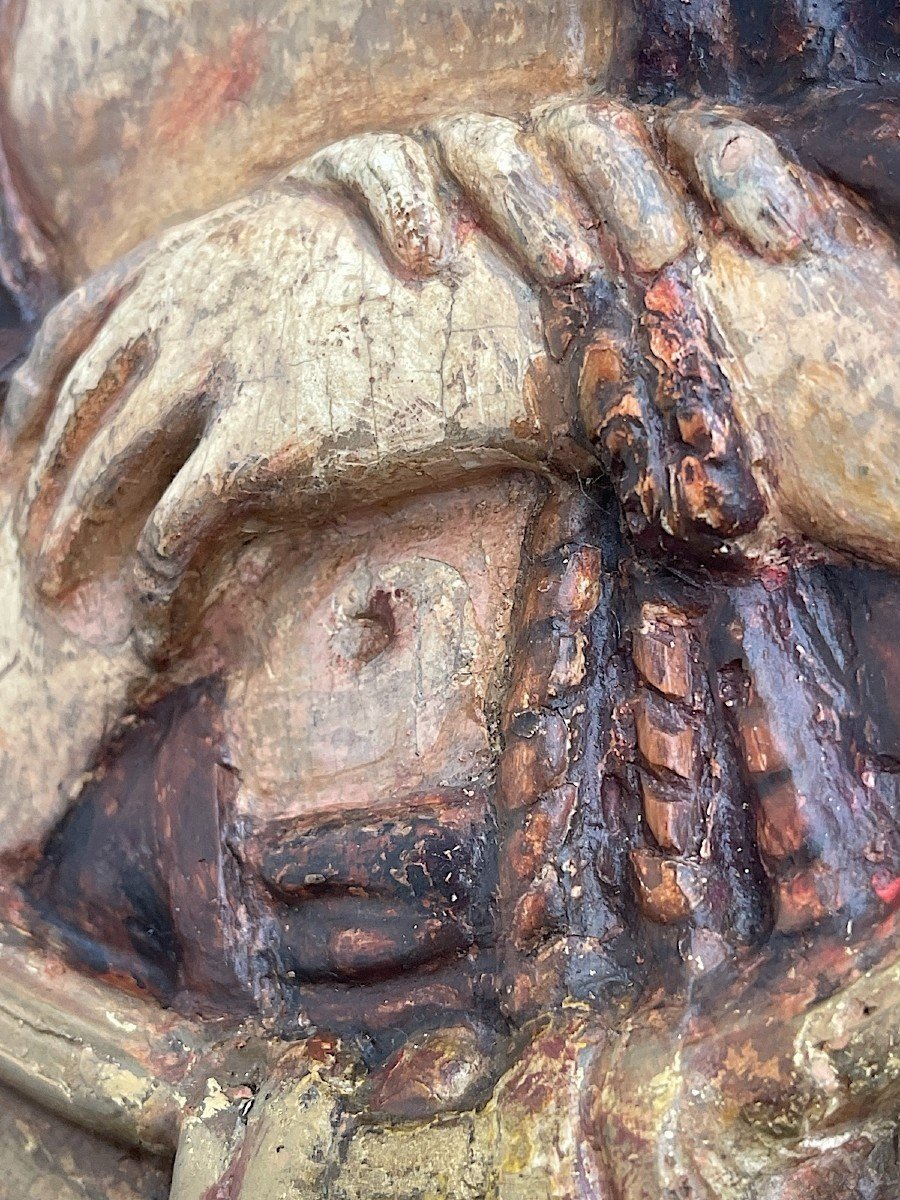
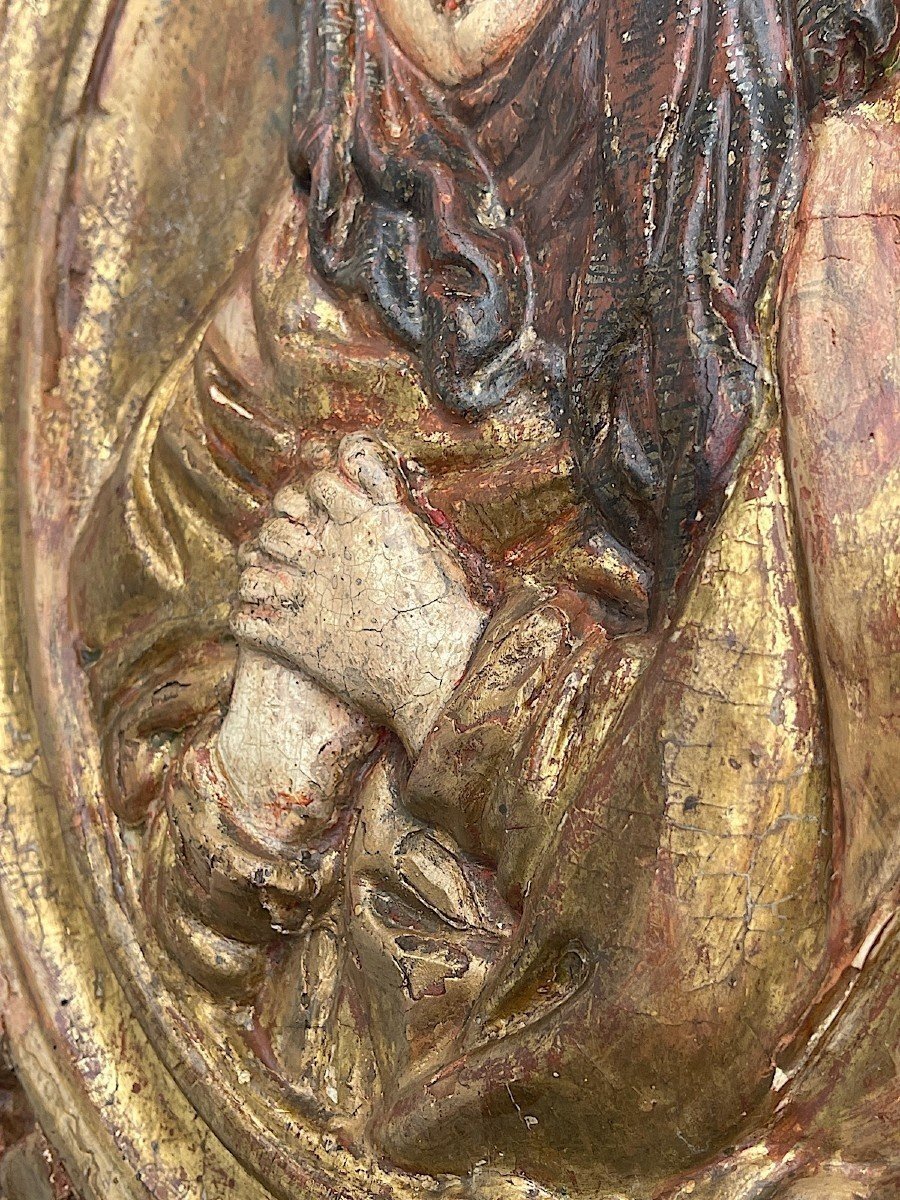
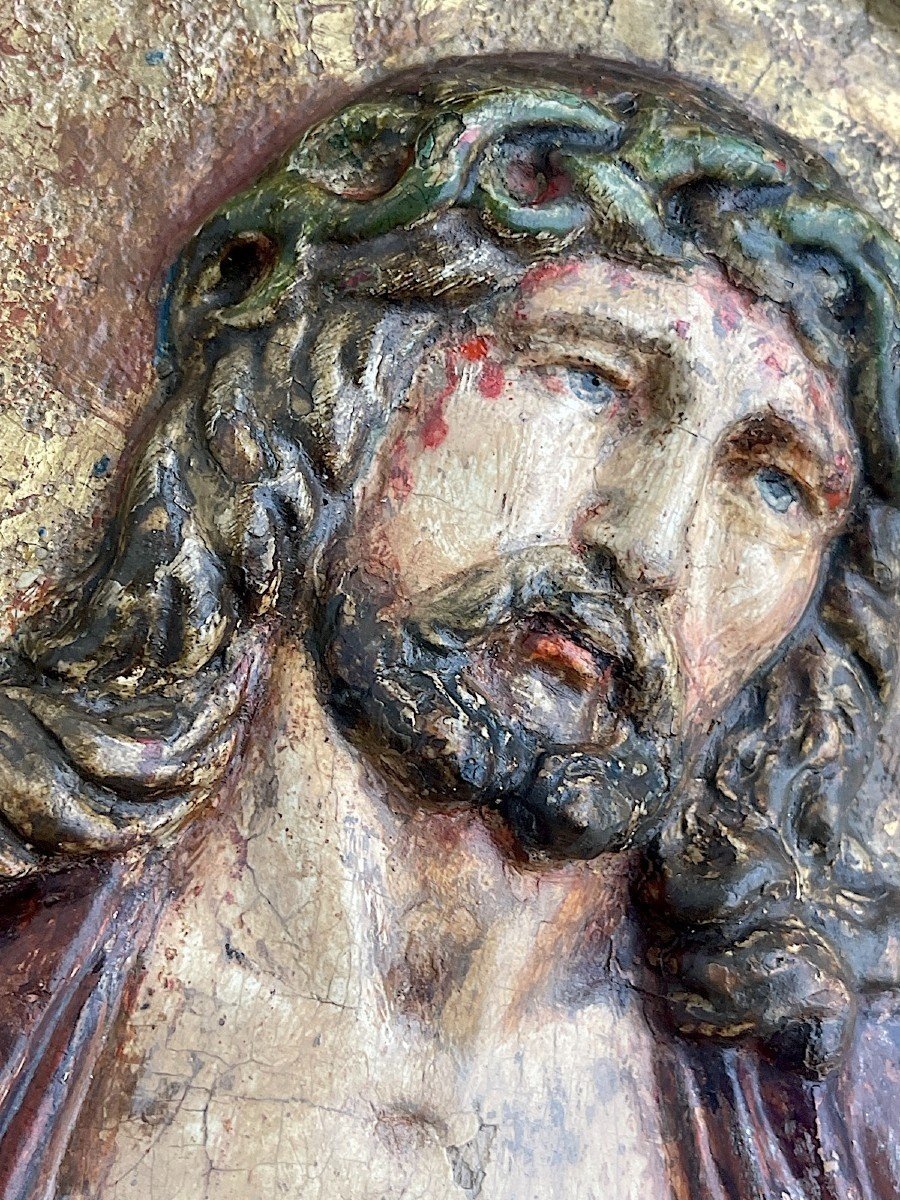
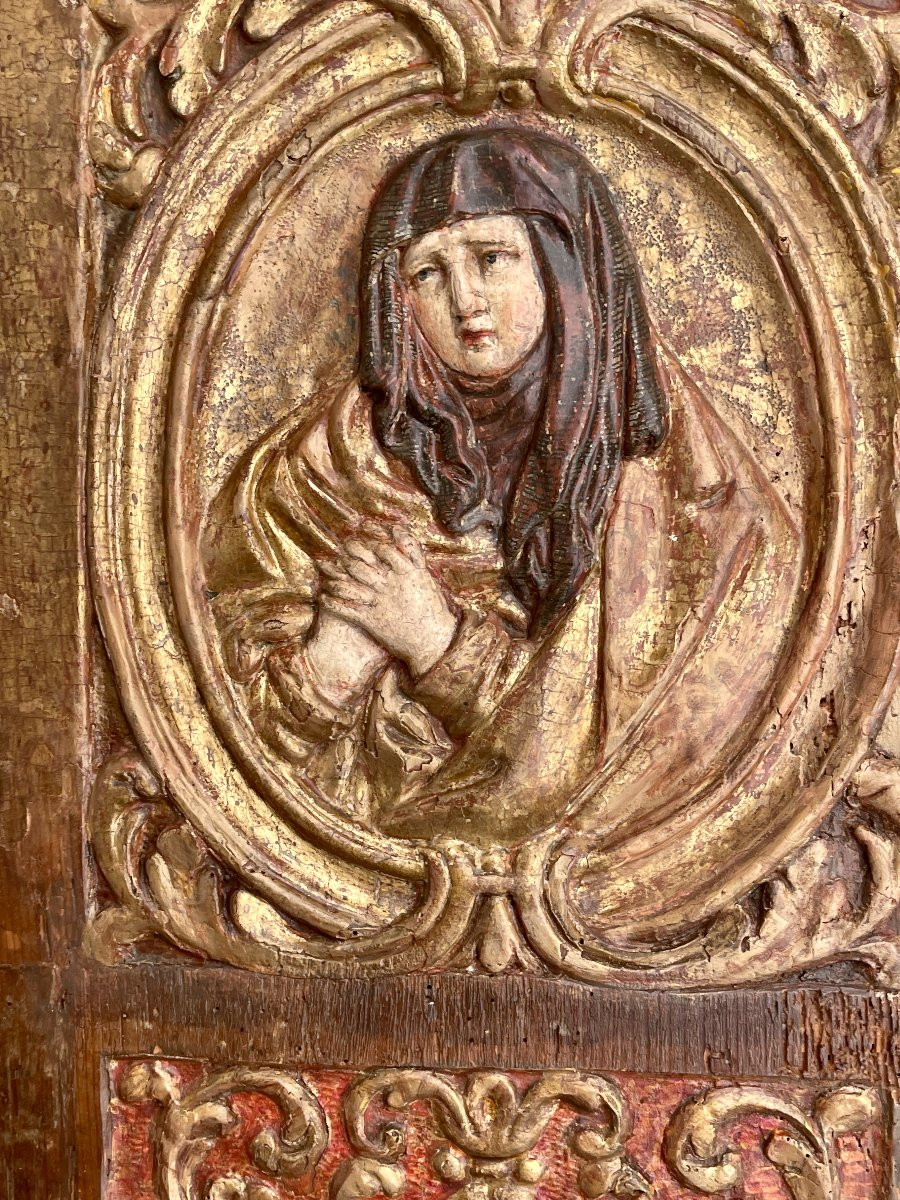
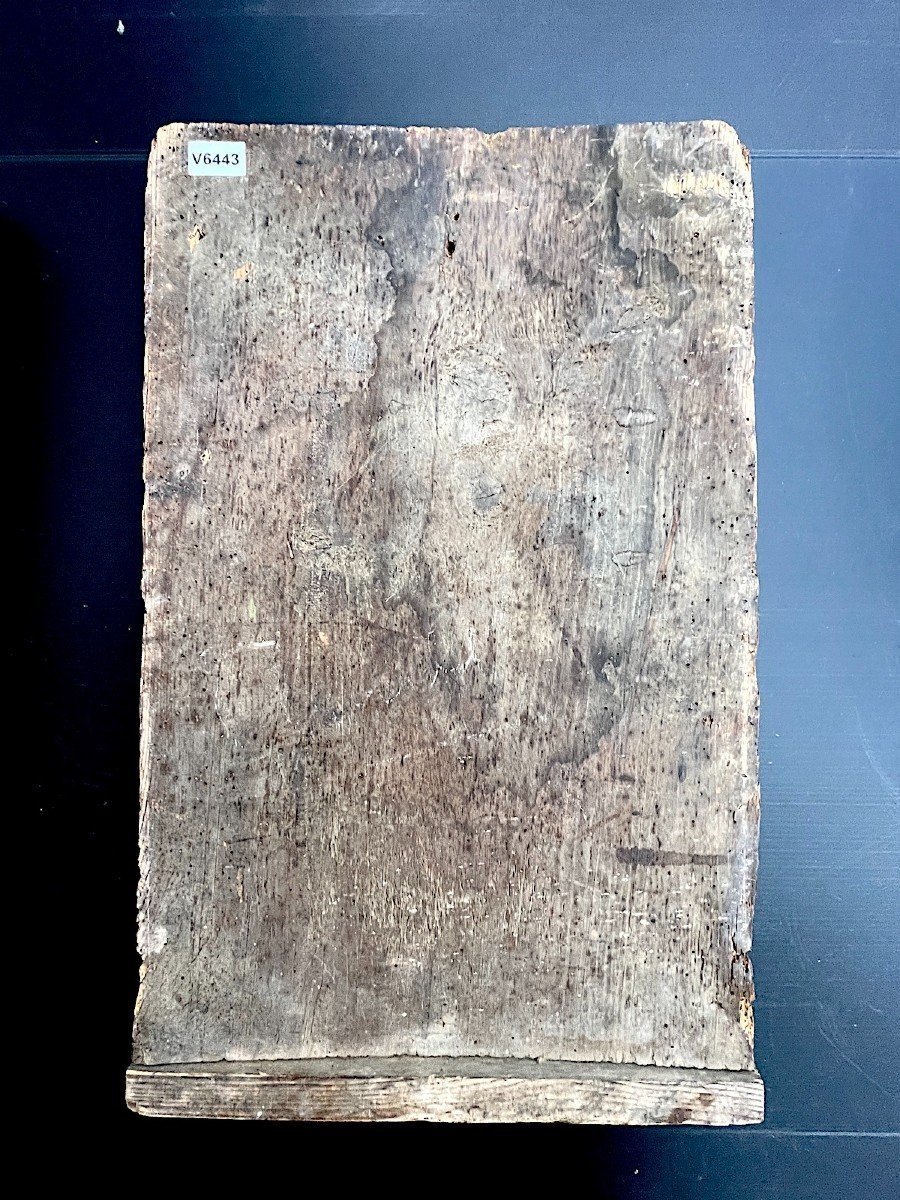
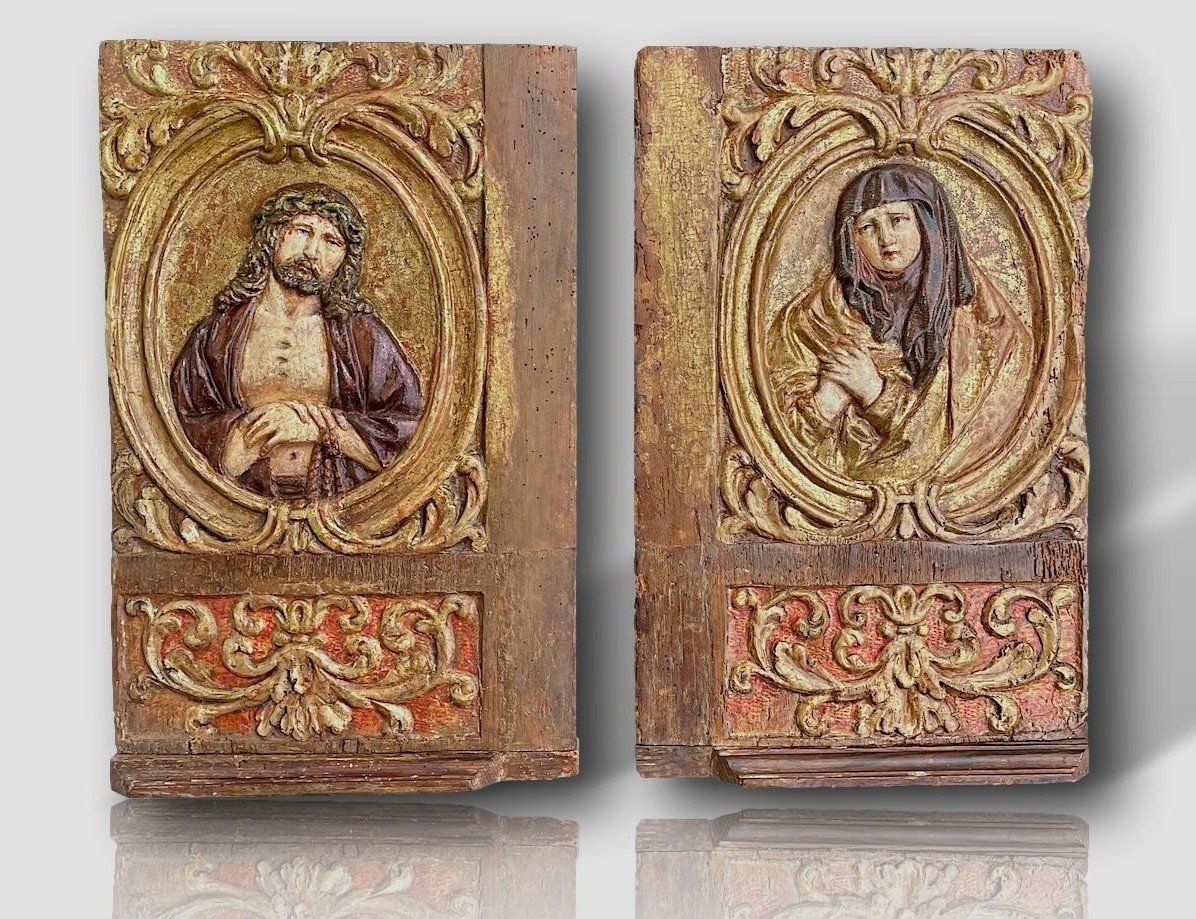
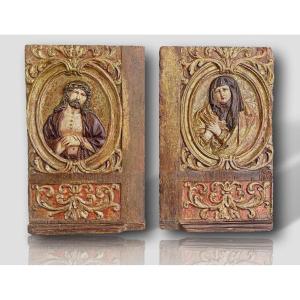










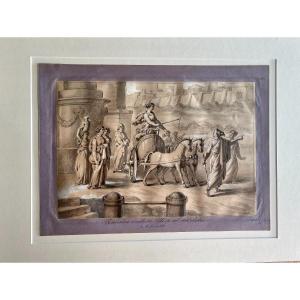



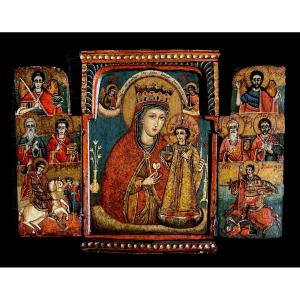


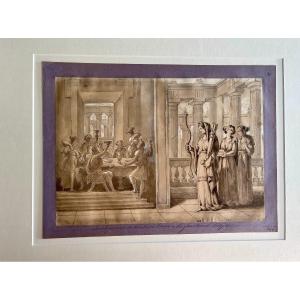



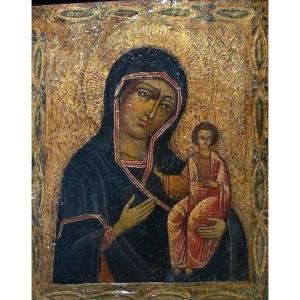

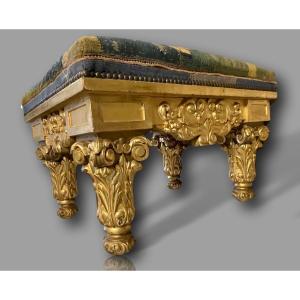
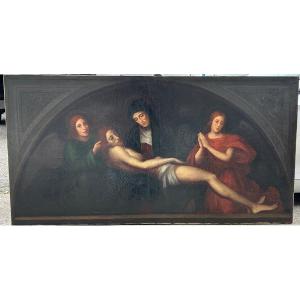


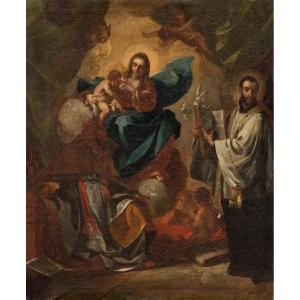




 Le Magazine de PROANTIC
Le Magazine de PROANTIC TRÉSORS Magazine
TRÉSORS Magazine Rivista Artiquariato
Rivista Artiquariato